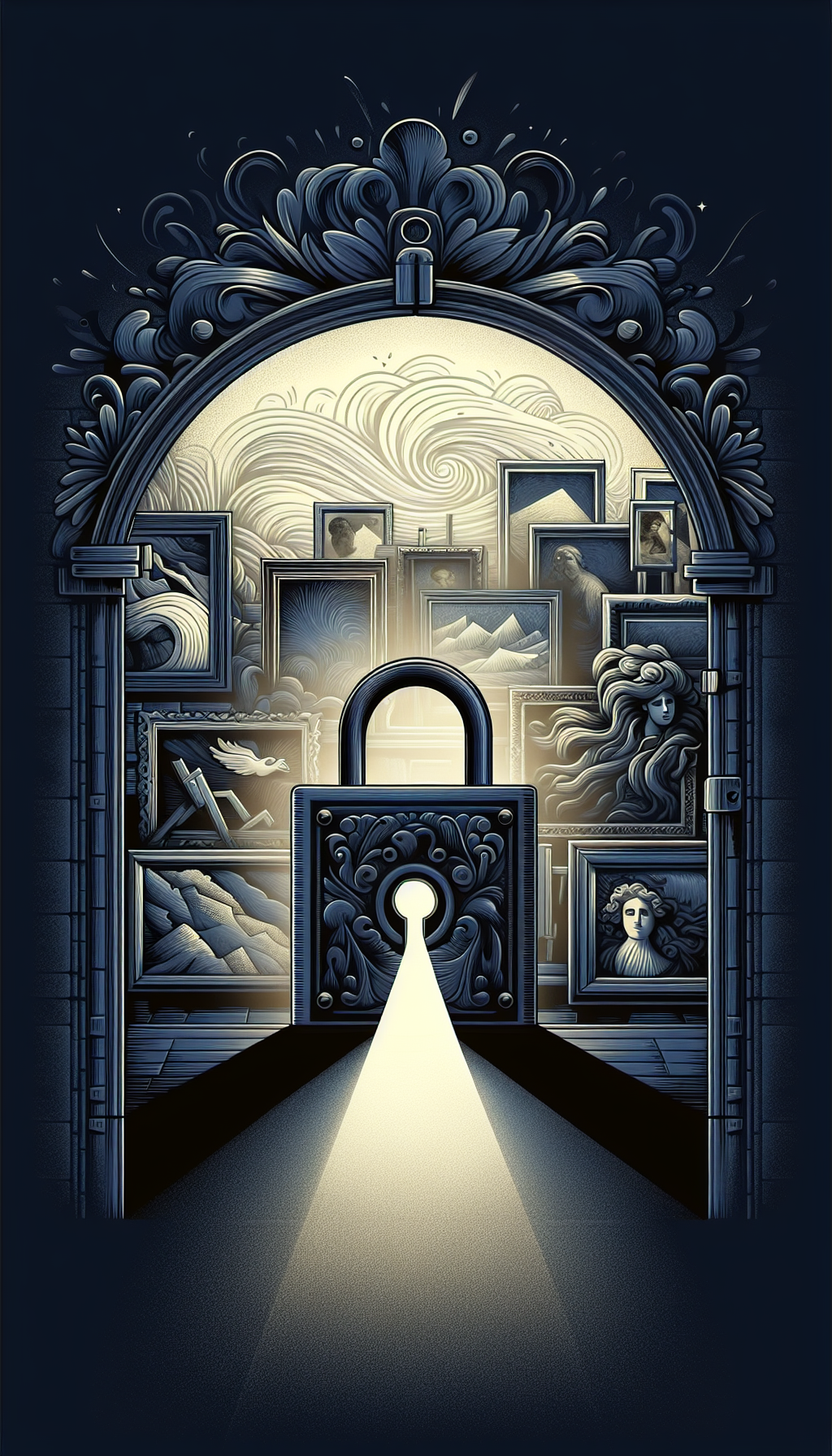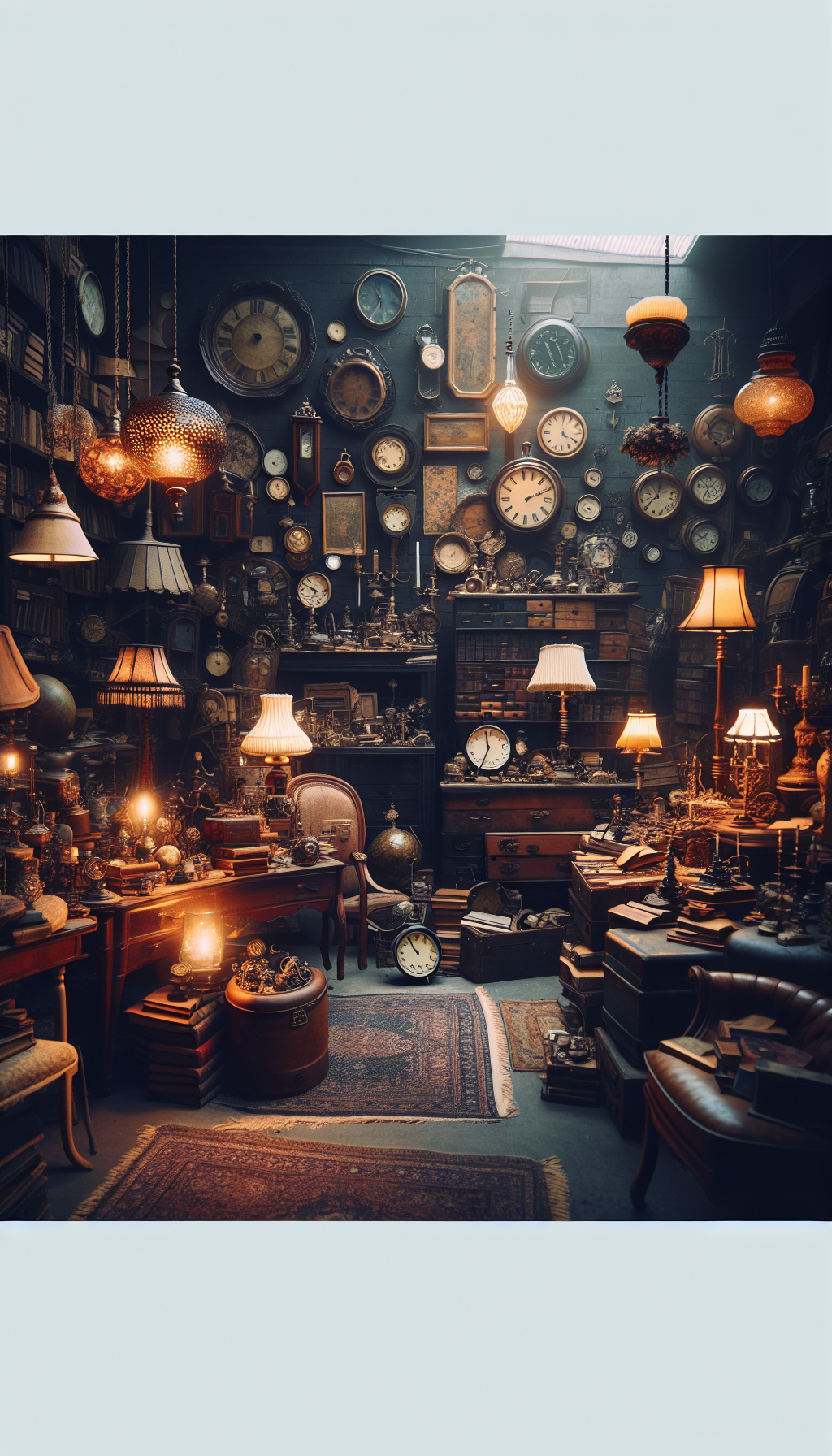Shades Of Meaning: Understanding Value In The Artistic World
What something is called in the art and antiques trade can be as influential as what the object actually is. The vocabulary around attribution, the nuances of condition, the strength of the paper trail, and the context of the market all create “shades of meaning” that materially affect price. A two-word qualifier on a label—“circle of,” “posthumous cast,” “restrike”—can shift value by a factor of five or more.
This guide decodes how connoisseurship and documentation translate into value for paintings, works on paper, sculpture, furniture, ceramics, photography, and design. Whether you’re assembling comparables for an appraisal, triaging an inheritance, or simply becoming a sharper collector, understanding these layers will help you make decisions with confidence.
Attribution Vocabulary: Tiny Words, Big Money
In cataloguing, small words carry large premiums or penalties. Common attribution phrases, roughly from strongest to weakest, include:
- By [Artist] or Autograph: Created by the artist’s own hand. Highest value.
- Signed/Dated/Inscribed: Useful corroboration, but a signature alone is not proof of authorship; signatures can be added or forged.
- Attributed to: Evidence suggests the artist, but not definitive. Value sits between “by” and “circle of,” depending on consensus.
- Studio of/Workshop of: Made in the artist’s studio under their supervision. Generally less than autograph, more than “circle of.”
- Circle of: A contemporary closely associated with the artist, not necessarily a pupil.
- School of: Produced in an artist’s regional or stylistic school (e.g., School of Paris), not by the named artist.
- Follower of: By a later hand working in the style of the artist.
- Manner of: A much later imitation of the style.
- After [Artist]: A copy of a known work by the artist.
Category-specific qualifiers matter:
Prints and Works on Paper
- State: A stage of the plate or block. Earlier, artist-approved states can carry a premium.
- Edition: Regular numbered edition vs. artist’s proofs (A.P.), printer’s proofs (P.P.), hors commerce (H.C.), bon à tirer (BAT). A.P. typically sells on par with the regular edition; BAT and unique proofs can carry premiums if desirable.
- Signature: Pencil-signed impressions are usually preferred to plate-signed or unsigned impressions, especially for modern prints.
- Paper and Margins: Watermarks, full margins, and deckle edges can add value; trimming or mat-burn reduces it.
Bronze Sculpture
- Lifetime Cast: Cast during the artist’s lifetime—typically the most desirable.
- Posthumous Cast: Cast after the artist’s death, often authorized by the estate or foundry; value depends on authorization, foundry, and date.
- Unauthorized/Later Cast: Not sanctioned; substantially discounted and sometimes unsellable at reputable venues.
- Foundry Marks and Patina: Marks from recognized foundries and original patination support quality and desirability.
Photography
- Vintage Print: Printed close in time to the negative (often within five years). Usually commands a premium.
- Later/Modern Print: Printed significantly later; can be more affordable.
- Editioning and Stamps: Numbered editions, artist stamps, and gallery or archive stamps on the verso signal authenticity and marketability.
Design and Furniture
- Period/Original Production: Made during the original production period.
- Early/Licensed Reissue: Later, licensed production—can be desirable but sits below period examples.
- In the Manner of/After: Non-licensed homages or copies; often far less valuable.
Understanding where your object sits on this spectrum is foundational to any valuation.
Materials, Technique, and Condition: Reading the Object
The market rewards quality materials, careful technique, and sound condition. It penalizes structural issues, heavy over-restoration, and condition problems that distract or will be expensive to remedy.
Paintings
- Support and Ground: Panel (oak/poplar/mahogany) or canvas; original tacking margins and period stretchers are positive signs. Excessively even canvas texture or modern staples may indicate relining or later mounting.
- Craquelure: Age-appropriate craquelure can be benign; active cupping or flaking is not. Distinguish natural age craquelure from drying cracks caused by poor technique.
- Interventions: Relining, strip-lining, overcleaning, and inpainting affect value differently. A discreet, reversible conservation with minimal retouch may be acceptable; a full overpaint is not.
- Varnish: A yellowed varnish can hide color but is often restorable; matte areas in UV light can indicate retouch.
Works on Paper
- Paper Type: Laid vs. wove, watermarks, and deckle edges help date and authenticate.
- Condition Issues: Foxing, mat burn, tears, creases, abrasions, tape residue, and light-stain from UV exposure reduce value. Backing and non-archival mounts complicate conservation.
Furniture and Decorative Arts
- Joinery and Tool Marks: Hand-cut dovetails and pit-sawn marks suggest earlier manufacture; machine-cut dovetails and circular saw marks often indicate later production or repair.
- Hardware and Finish: Replaced pulls, non-period screws, stripped or polyurethane finishes reduce value; original surface, shellac, or French polish are desirable.
- Structural Integrity: Replaced feet, veneers, or re-shaped elements materially affect price; well-executed period repairs can be acceptable with disclosure.
Ceramics and Glass
- Glaze and Body: Underglaze decoration tends to be more stable; overglaze enamels show wear more easily.
- Damage: Hairlines, rim chips, fritting, firing cracks, and crazing affect value in descending severity; professional, documented restoration can be market-acceptable for rare pieces.
- Pontil and Wear: Ground pontils and honest base wear support age and authenticity.
Textiles and Rugs
- Dyes and Weave: Natural dyes, balanced abrash, and intact selvedges are positive. Synthetic dye bleed, dry rot, and extensive reweaving depress value.
Bronzes and Mixed-Media
- Foundry Seams and Chasing: Clean chasing and crisp detail indicate quality. Fake patinas and surface refinishes can be red flags.
Condition is context-dependent: a rare Tin-glazed charger with stable hairline and old staple repairs can still be valuable; a common piece with perfect restoration remains common.
Context and Paper Trail: Rarity, Demand, and Provenance
Even a pristine, autograph work needs context. Rarity, demand, and a credible chain of ownership shape the upper and lower bounds of value.
Rarity and Demand
- Absolute Rarity: How many exist or plausibly survived? Destroyed studios, small edition sizes, and unique techniques matter.
- Desirability Within an Oeuvre: “Best period” works, iconic subjects, preferred palettes, and ideal sizes fetch premiums. A middling subject or late work may underperform even if authentic.
- Taste Cycles: Categories move in and out of fashion. Mid-century design surged for years; “brown furniture” declined, with selective rebounds. Rediscoveries of overlooked artists can redraw the demand curve quickly.
Provenance and Documentation
- Evidence Stack: Original invoices, gallery or auction labels, collection stamps, period photographs, exhibition histories, and inclusion in a catalog raisonné build credibility. Single-source family lore needs supporting documents.
- Chain of Custody: Contiguous ownership from artist to present is ideal. Gaps invite scrutiny and discounting.
- Exhibition and Literature: Museum exhibitions and scholarly citations can add meaningful premiums.
- Red Flags: Anachronistic labels, mismatched addresses, uniformly “aged” paperwork, or provenance that leans heavily on vague “European private collection” claims warrant caution.
Legal and Ethical Considerations
- Restricted Materials: Items containing ivory, certain tropical woods, or protected species elements face export and sale limitations and often a valuation discount.
- Cultural Property: Antiquities and ethnographic works without clear, pre-ownership documentation may be unsellable at major venues and carry legal and reputational risks.
- WWII-Era and Stolen Art: Scrutinize provenance between 1933–1945; title risk suppresses value and insurability.
A strong, verifiable paper trail doesn’t just boost value—it removes friction at sale and insurance, protecting your exit strategy.
Market Channels, Price Layers, and Comparables
Value changes depending on where and why you’re measuring it. Define the purpose first, then select the right market data.
Value Definitions
- Fair Market Value (FMV): The price a willing buyer and seller would agree upon under no compulsion, in the most relevant market. Appraisers often reference recent sales data; be consistent about whether prices include buyer’s premium when normalizing comparables.
- Retail Replacement Value (RRV): The typical cost to replace the item at retail for insurance. This often reflects dealer pricing and can be materially higher than auction FMV.
- Liquidation Value: What an asset would bring under forced sale conditions (very time-limited). Orderly liquidation allows more time; both are below FMV.
Market Channels
- Auction: Transparent pricing, broad reach, and well-documented comparables. Consider seller’s commission, buyer’s premium, reserves, and guarantees. Unsold (“burned”) lots can dampen momentum.
- Dealers/Galleries: Curated inventory, expertise, and warranties of authenticity. Expect higher prices than auction for comparable quality due to curation, restoration, and overhead.
- Private Sales and Online Platforms: Variable reach and fees; authenticity and condition diligence become your responsibility.
Building and Using Comparables
- Filter Precisely: Match artist/maker, medium, period, size, subject, edition/serial, condition, provenance, and market level (regional vs. blue-chip). For design, match manufacturer and production period.
- Normalize Data: Convert currencies, align for premiums/fees consistently, and account for time (use recent sales; apply conservative adjustments for older comps).
- Adjust Thoughtfully: Size is not linear—larger works may command disproportionately higher or lower prices depending on category. Apply percentage adjustments for condition and provenance; avoid double-counting.
- Weigh Recency and Quality: Prefer fresh, well-publicized results; exclude outliers and anomalous charity or distressed sales.
- Triangulate: Use several comps to establish a range, not a single-point number.
Examples
- A “posthumous cast” bronze from an authorized foundry typically sells below a lifetime cast; the spread can be 2x or more depending on artist and edition.
- A print with a pencil signature and full margins usually outsells a plate-signed, trimmed example of the same edition, all else equal.
- An “attributed to” Old Master can be worth a fraction of an autograph work; a firm upgrade to “by” can increase value multiple times.
Practical Checklist: Pre-Appraisal Triage
- Identify the object: artist/maker, medium, dimensions (sight and framed), and notable features.
- Photograph thoroughly: front, back, sides, details of signatures, labels, marks, and joins; include raking light for texture.
- Record inscriptions: transcribe signatures, dates, titles, foundry marks, edition numbers, and any stamps.
- Inspect condition: note structural issues, restorations, overpaint/inpainting, stains, tears, missing parts, or replaced hardware.
- Gather paperwork: invoices, letters, certificates, exhibition catalogs, appraisals, and correspondence.
- Check legal/ethical constraints: materials (ivory, protected woods), export limits, and cultural property issues.
- Establish the valuation purpose: FMV for estate/charitable purposes, RRV for insurance, or liquidation for rapid sale.
- Map the market: identify the most relevant sales venue and level (regional auction, major house, specialized dealer).
- Compile 3–8 comparables: match medium, date/period, size, subject, edition, condition, provenance, and venue; note whether prices include buyer’s premium.
- Set a value range: triangulate from comps, apply conservative adjustments, and document your reasoning.
FAQ
Q: How much does a signature add to value? A: A genuine, period signature supports authenticity and marketability, especially for modern prints and photographs. But a signature alone rarely transforms value; quality, attribution level, and condition matter more. Conversely, an added or suspect signature can damage credibility and price.
Q: Are artist’s proofs more valuable than the regular edition? A: Usually, A.P. impressions trade in line with the standard edition—sometimes a modest premium if desirable or scarce. Condition, paper, margins, and state typically influence price more than the A.P. designation.
Q: Does restoration always reduce value? A: Not always. Sensitive, reversible conservation that stabilizes a work and is properly disclosed can preserve or even enhance marketability. Heavy overpainting, structural compromises, or undocumented, irreversible interventions typically depress value substantially.
Q: Should I clean a painting before valuation? A: No. Surface dirt and discolored varnish are preferable to ill-advised cleaning. Leave any cleaning or varnish removal to a qualified conservator and only after documentation and appraisal; an overcleaned painting can lose both detail and value.
Q: Why do appraised values differ from auction results I see online? A: Appraisals serve specific purposes (FMV, RRV, liquidation) and use normalized comparables with documented adjustments. Auction results vary by venue, timing, marketing, and condition; some include buyer’s premiums and some do not. A well-reasoned appraisal explains its market selection and methodology, producing a defensible range rather than a headline number.
By mastering these shades of meaning—attribution terms, material and condition cues, contextual demand, credible provenance, and the right market lens—you’ll not only sharpen your valuations, you’ll make better collecting decisions.




